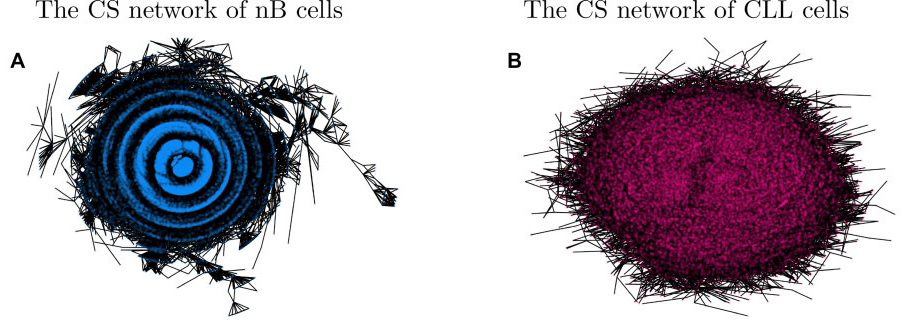Natasa Przulj & Alfonso Valencia Herrera – Barcelona Supercomputing Center – Centro Nacional de Supercomputación (BSC-CNS)
The structure of 3-dimensional packing of the DNA in the nucleus (chromatin) impacts gene expression. Its alteration has been shown to coincide with the occurrence of cancer. A key challenge is in understanding the role of chromatin structure (CS) in cellular processes and its implications in diseases.
We propose a comparative pipeline to analyze CSs and apply it to study chronic lymphocytic leukemia (CLL). We model the chromatin of the affected and control cells as networks and analyze the network topology by state-of-the-art methods. Our results show that CSs are a rich source of new biological and functional information about DNA elements and cells that can complement protein–protein and co-expression data. Importantly, we show the existence of structural markers of cancer-related DNA elements in the chromatin. Surprisingly, CLL driver genes are characterized by specific local wiring patterns not only in the CS network of CLL cells, but also of healthy cells. This allows us to successfully predict new CLL-related DNA elements. Importantly, this shows that we can identify cancer-related DNA elements in other cancer types by investigating the CS network of the healthy cell of origin, a key new insight paving the road to new therapeutic strategies. This gives us an opportunity to exploit chromosome conformation data in healthy cells to predict new drivers.
